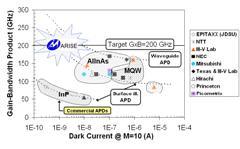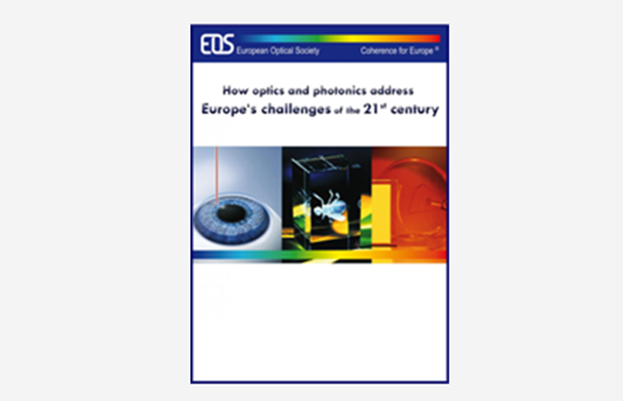MARISE: Materials for Avalanche Receiver for ultImate SEnsitivity
Abstract:
Avalanche photodiodes (APDs) are key components for many applications (telecom, ranging, sensing, spectroscopy,...) because their internal gain improves the photoreceiver sensitivity considerably. Two III-V materials of interest have emerged: AlGaAs and AlInAs, lattice-matched to GaAs and InP, respectively, and both characterised by a wide bandgap. In recent years, a breakthrough in the impact ionisation characteristics was identified and the major importance of a thin avalanche multiplication layer was clearly demonstrated. MARISE ambition is aiming to develop innovative engineered APD components with thin avalanche layers to benefit from their promising characteristics likely to advance the present state of the art. MARISE objectives are to push the limits of the new APDs in two directions: speed and sensitivity: - For 10Gb/s access and single photon detection, AlInAs/GaInAs will be developed exhibiting low dark current and high responsivity, - The development of a very challenging evanescent waveguide APD structure in the same material system will allow for 40Gb/s operation with a record gain-bandwidth product of 200 GHz. The following figure shows a simulation of the optical signal propagation in a waveguide photodiode structure. - AlGaAs will be combined with a GaInAsN absorber into an innovative, very low noise and potentially low cost GaAs-based APD, suitable for 1.3 µm telecom applications.






